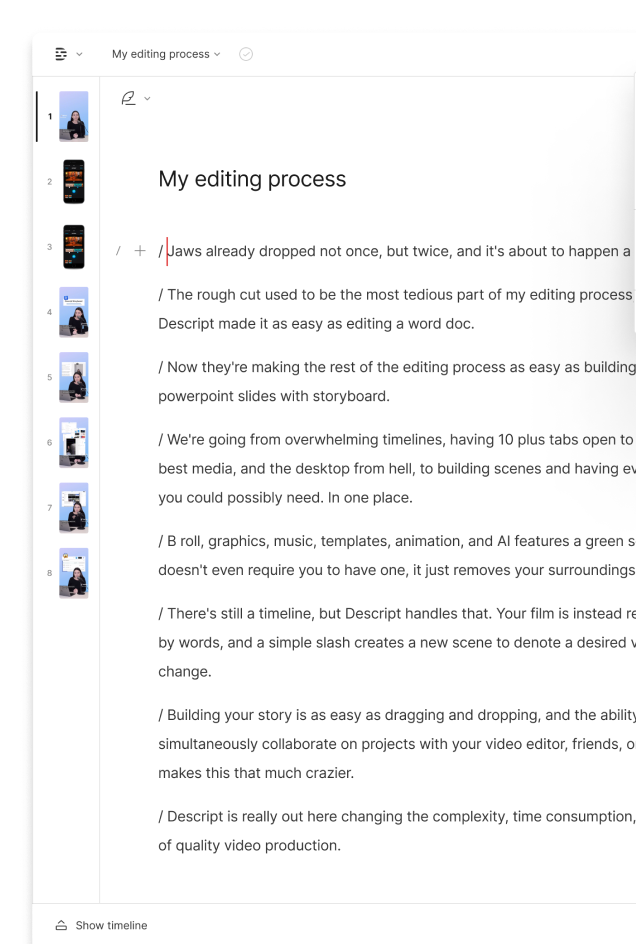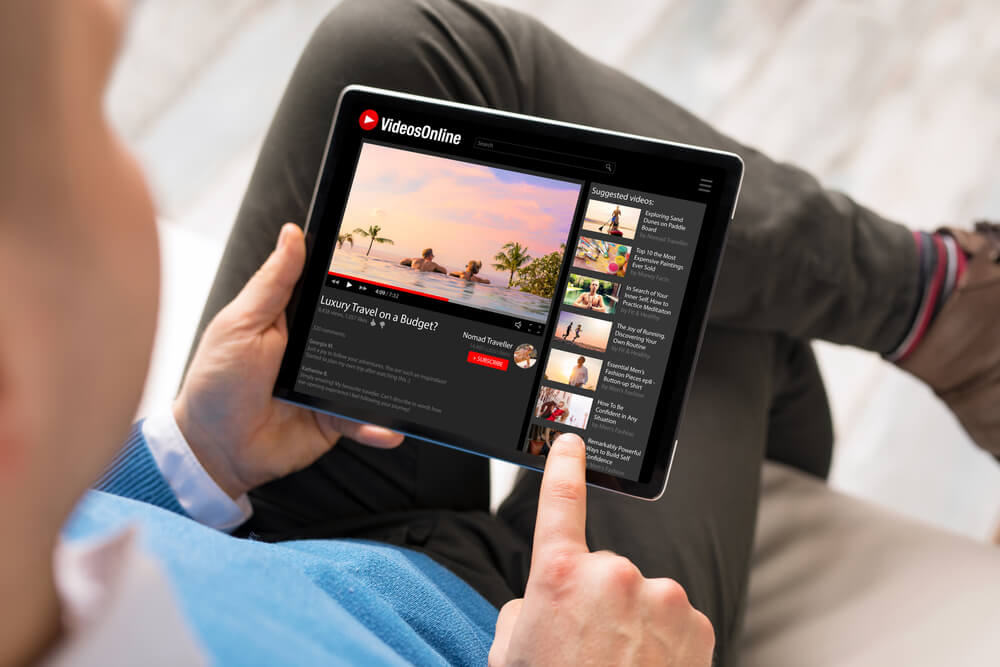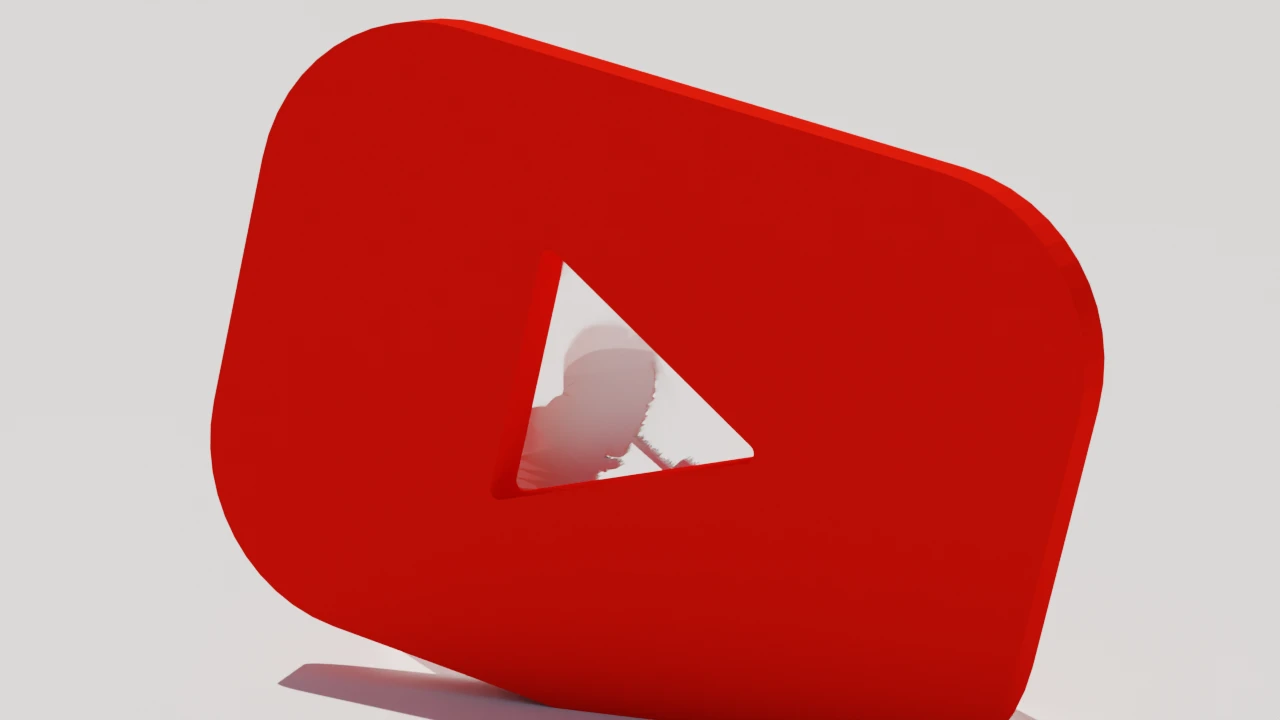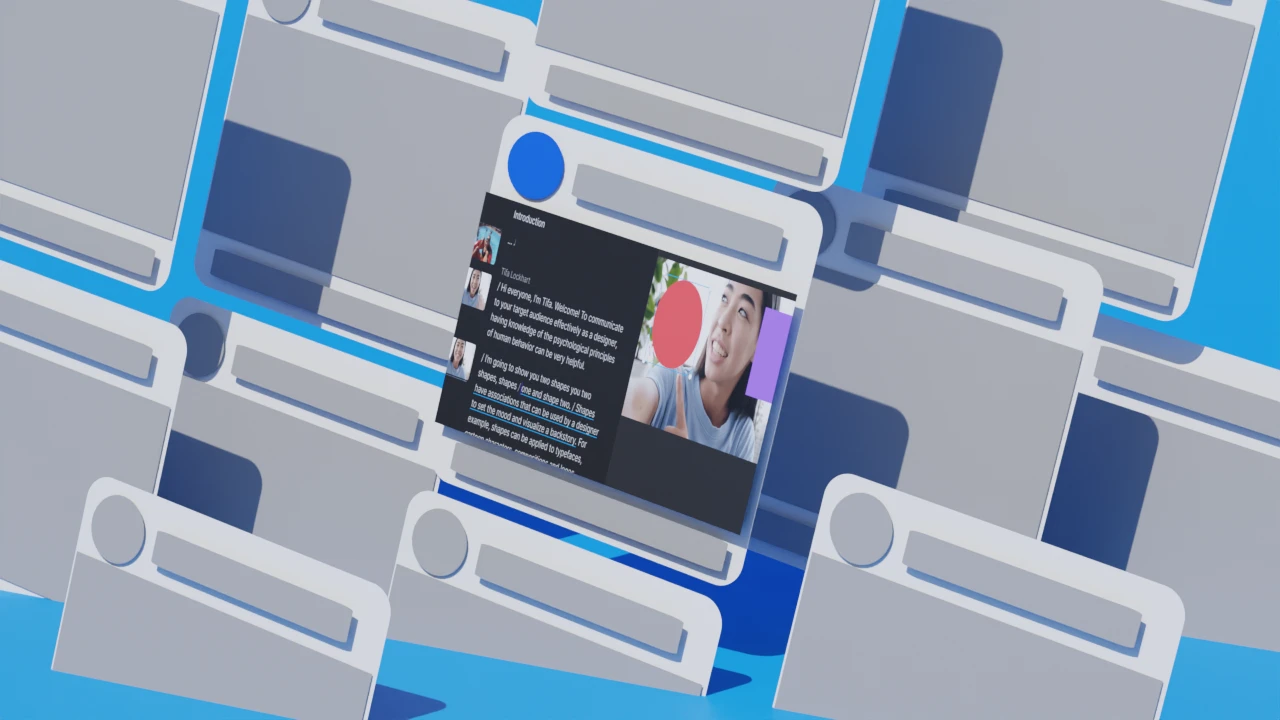What type of content do you primarily create?




YouTube analytics contains an overwhelming amount of information about your YouTube channel, your videos, and the people who watch them: everything from your total video views and most popular content to more specific YouTube metrics like average view duration and click-through rate.
With all that information, it’s hard to know which engagement metrics you need to care about — and what to do about them.
Here are some of the most important metrics for channel success, and what they could be telling you.
Click-through Rate
Click-through rate (CTR) is just the percentage of people who clicked on your video after seeing the title and thumbnail. It’s one of the easiest ways to tell if people are interested in the topics you’re covering, and how compelling your title and thumbnails are.
You can find CTR on the “Reach” tab of a video’s analytics pages.

Unfortunately, there’s no universally “good” CTR to measure your videos by, but after consistently publishing videos about similar topics, you’ll start to get a semblance of a benchmark. According to Google, half of all channels have CTRs that range between 2% and 10%. Though it varies by topic, I would encourage every channel to aim for a CTR above 5%, with any CTR trending towards 10% being very successful.
If your YouTube videos are generating long watch times but your channel is struggling to grow, you might have a click-through problem. Here’s why that might be happening, and how to fix it.
Your content isn’t relevant to your viewers, or they just aren’t interested
There are some topics that your target audience might not be interested in, no matter how creative your thumbnail and title are.
Solution: YouTube’s analytics tools include some great options for seeing what topics your viewers are also interested in. Navigating to the analytics dashboard and clicking on Audience will bring up two super helpful cards: “Channels Your Audience Watches” and “What Your Audience Watches.” The first is self explanatory, the second is a list of videos from other channels that are popular with your viewers. Both are great tools to see what your audience is interested in.
Read more: 12 free ways to get more YouTube views
You’ve got a bad title and thumbnail
Sometimes the video is great, but the title and thumbnail aren’t enough to draw a viewer in.
Solution: Try different kinds of thumbnails and titles. Sometimes, you may just need to tweak the text on a thumbnail (or remove it altogether). Other times the title is keeping the viewer away. The best way to determine this is by A/B testing these variables individually.
Luckily, YouTube is rolling out its own A/B testing tool, but it’s not available to all creators yet. Services like TubeBuddy also provide a paid option. If you’re on a budget, you can test it manually and see if there’s a meaningful change in CTR.
But most importantly, experiment with different hooks and value propositions for the viewer. More often than not, simply changing the blue text to red isn’t going to catapult your video into success.
Your viewers don’t trust you
Clickbait may work for a while, but it’s not very sustainable. If you’ve found success with over-the-top titles to draw in the viewer, but don’t end up delivering in the video itself, you might find your CTR starting to tank. This will probably not be fixed by new, inventive forms of clickbait if your channel has a bad association with viewers who have become savvy to your tricks.
Solution: Always be honest with your viewer, and don’t abuse their trust.
Audience Retention
High click-through rates aren’t enough for videos to succeed with the algorithm. YouTube also wants viewers to walk away satisfied with what they just watched. Audience retention includes a few metrics that measure the average time viewers spend watching each of your videos. The two stats that make it easiest to look at retention are Average View Duration and Average Percentage Viewed (APV).
You can find these stats in a video’s analytics by clicking on “Engagement” and scrolling down to the “Audience Retention” card.
Often, a high watch time on an extremely long video can be enough to have YouTube’s algorithm treat it favorably, even if the average percentage viewed is low (a 5-hour long podcast with a 20% average percentage viewed is still being watched for an hour).
I tend to see APVs between 30% and 50%. I often recommend channels get as close to 50% as possible, if not higher. If you’re noticing your retention starting to decrease, or think it could be better, here are some potential problems to think about.

Your thumbnail and intro don’t align
This is usually a symptom of clickbait, but not always. If your video promises a comprehensive Descript tutorial, but spends the first 5 minutes talking about your personal journey to find Descript, viewers will inevitably stop watching and hurt your watch time.
Solution: It’s important to reiterate why the viewer is watching in the first place (“in this video, I’m going to explain Descript”) and how they’ll satisfy that “why” (“...by showing you these 3 great features”). Remember that a huge chunk of your viewers will stop watching after a few seconds. Your job is to keep as many as possible.
You don’t have enough signposting
Signposting is simply the process of letting your viewer know where your video content is heading. It not only sets expectations but can help the viewer better understand what they’re watching. If you’ve ever wondered “what’s going on?” or “why is this relevant?” while watching a video, it’s probably a lack of signposting.
Solution: The easiest (and least interesting) version of signposting is simply to declare what’s coming up (“Next, we need to talk about X”). Great signposts continue to engage the viewer — they might tease a future surprise, or present a problem that needs fixing. A good practice is to look at every transition — either from idea to idea, or scene to scene — and ask yourself: is it clear to the viewer why they should keep watching?
For example, in the Be Smart video below, Dr. Joe Hanson signposts the next 15 minutes of content this way: “[Caterpillars] basically live one life, but as two completely different animals. Today, I'm gonna unlock the secrets of what actually happens inside this little sack of magic. All with the goal of answering one question. Why do butterflies and other insects actually do this metamorphosis thing? What's it really for?”
The retention curve
Right under Average Percentage Viewed and Watch Time on the “Engagement” tab is one of the most valuable pieces of information YouTube gives you: the retention chart.
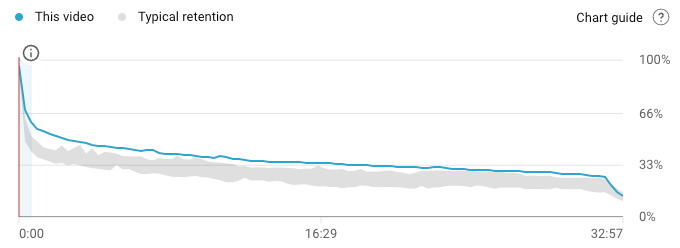
This is a detailed view of how many people are still watching your video at each point along the way. Little hills in the graph represent portions viewers have re-watched. The little valleys, however, are dips in engagement. For the sake of this article, we’ll pay more attention to the dips. Many videos will show a steady drop-off in interest, but identifying precipitous drop-offs will give you incredible insights into your viewers.
There’s many reasons you might have scared away a chunk of your viewers: a joke gone bad, accidentally insulting your viewer, going on a tangent, not signposting after a transition. The most common culprit is an ad. Making good YouTube ads is far too complicated to discuss here, but a good rule of thumb: provide value and promote products that make sense to your audience. A cooking channel promoting a new cheese makes a lot more sense than a cooking channel promoting a mobile game.
Overall, though? Find the dips, theorize what caused them, and try to do better in the future.
When to ignore these signals
Analyzing data on YouTube can be particularly difficult because there’s a variable you can’t control: the algorithm. In particular, many metrics get skewed when YouTube is showing your video to too many or too few people. You may notice that some of your best performing videos have extremely low click-through rates; that’s because YouTube has decided that your video is so good and so clickable that it will start serving it to huge amounts of people who may be less inclined to click than your core audience. Other videos with extremely limited viewership may have the inverse problem: your core subscribers love to watch your video in its entirety.
It doesn’t erase the problem, but one way to control for this variability is to measure these metrics at specific times. For instance, pay attention to a video’s click-through rate on day one and two, when it’s being served to your core audience. If your click-through rate is low because the video is gaining a huge audience, know that you can rest easy.



